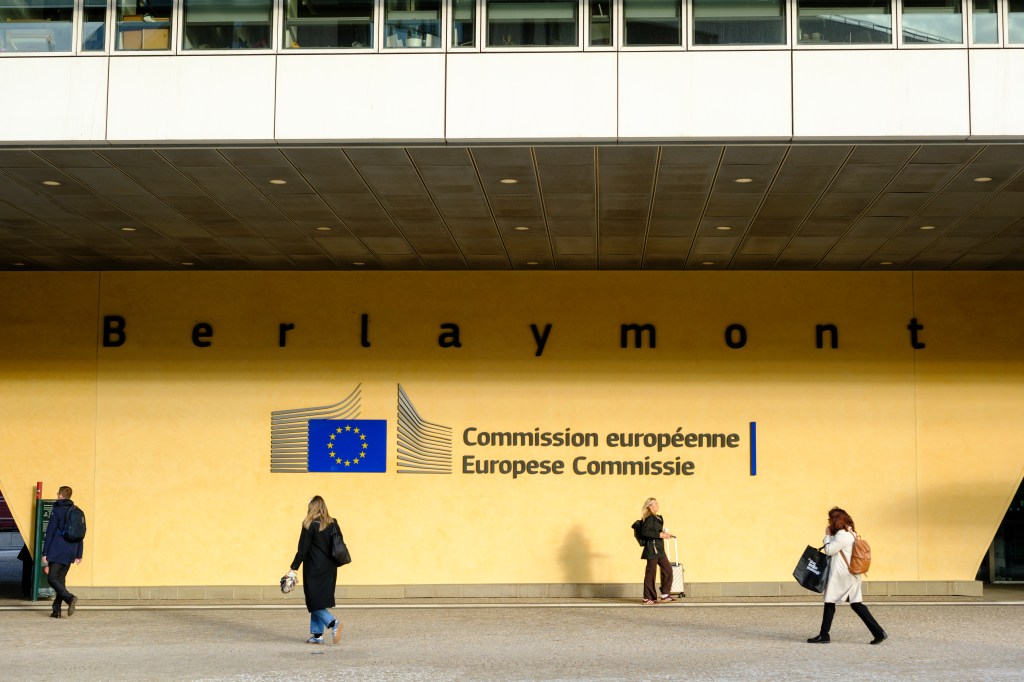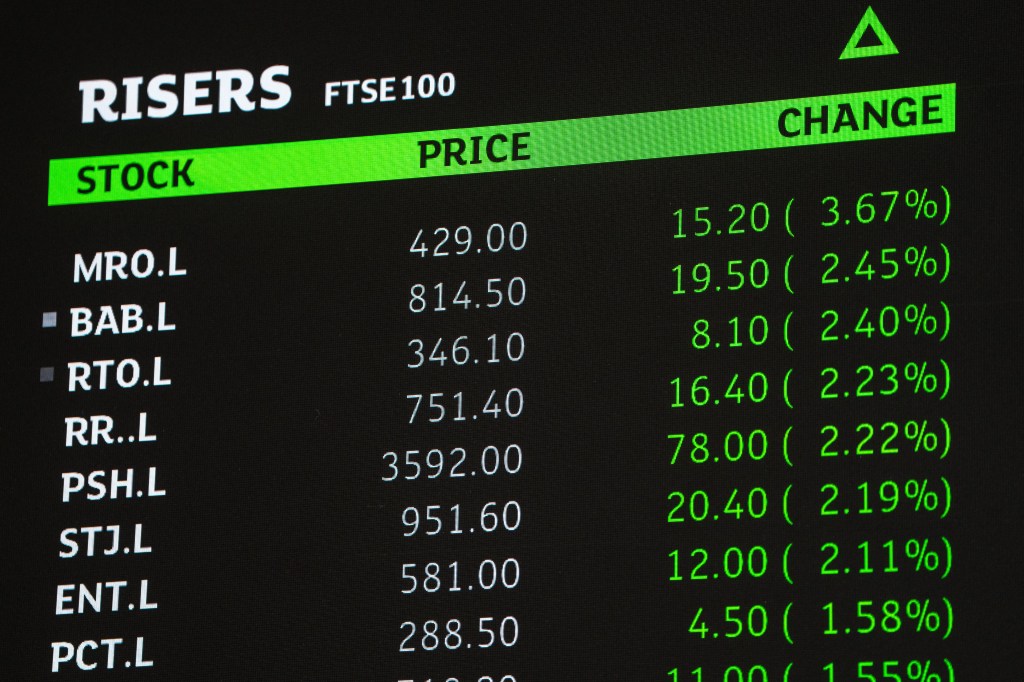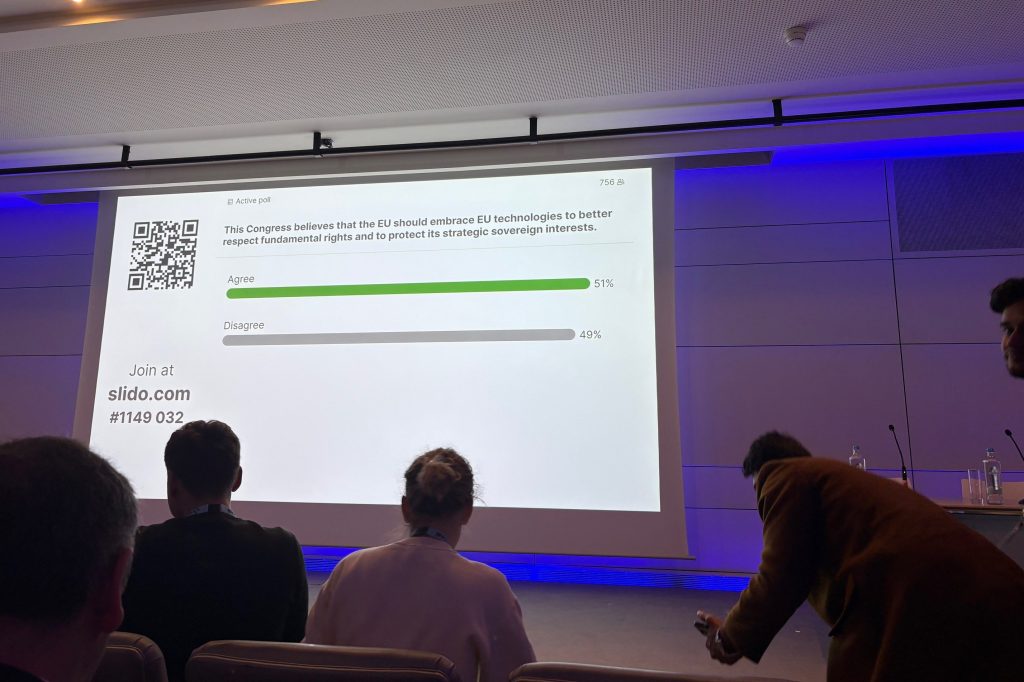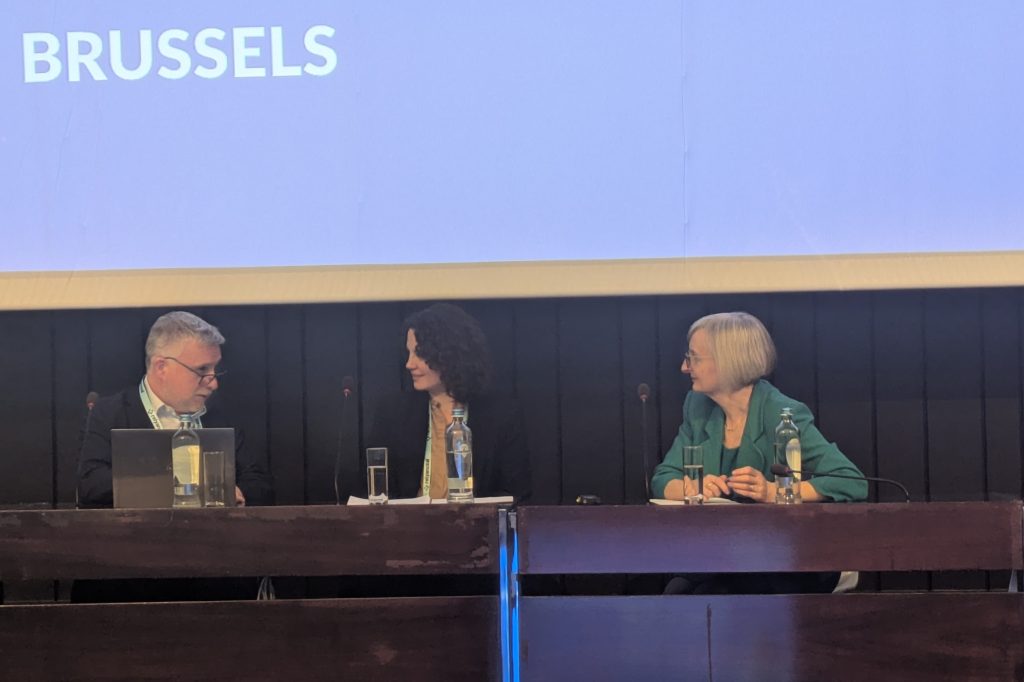JP Morgan’s Global State of Gender Balance in 2025: Signs of Progress Plateauing research paints a complex picture of global gender equality, revealing both strides made and significant hurdles remaining. While progress is evident in some areas, the overarching message is one of slow, uneven advancement.
The World Economic Forum’s (WEF)
Register for free to keep reading.
To continue reading this article and unlock full access to GRIP, register now. You’ll enjoy free access to all content until our subscription service launches in early 2026.
- Unlimited access to industry insights
- Stay on top of key rules and regulatory changes with our Rules Navigator
- Ad-free experience with no distractions
- Regular podcasts from trusted external experts
- Fresh compliance and regulatory content every day

















